Home>Interior Design>Organizing Clothes: 10 Ways To Refine Your Style
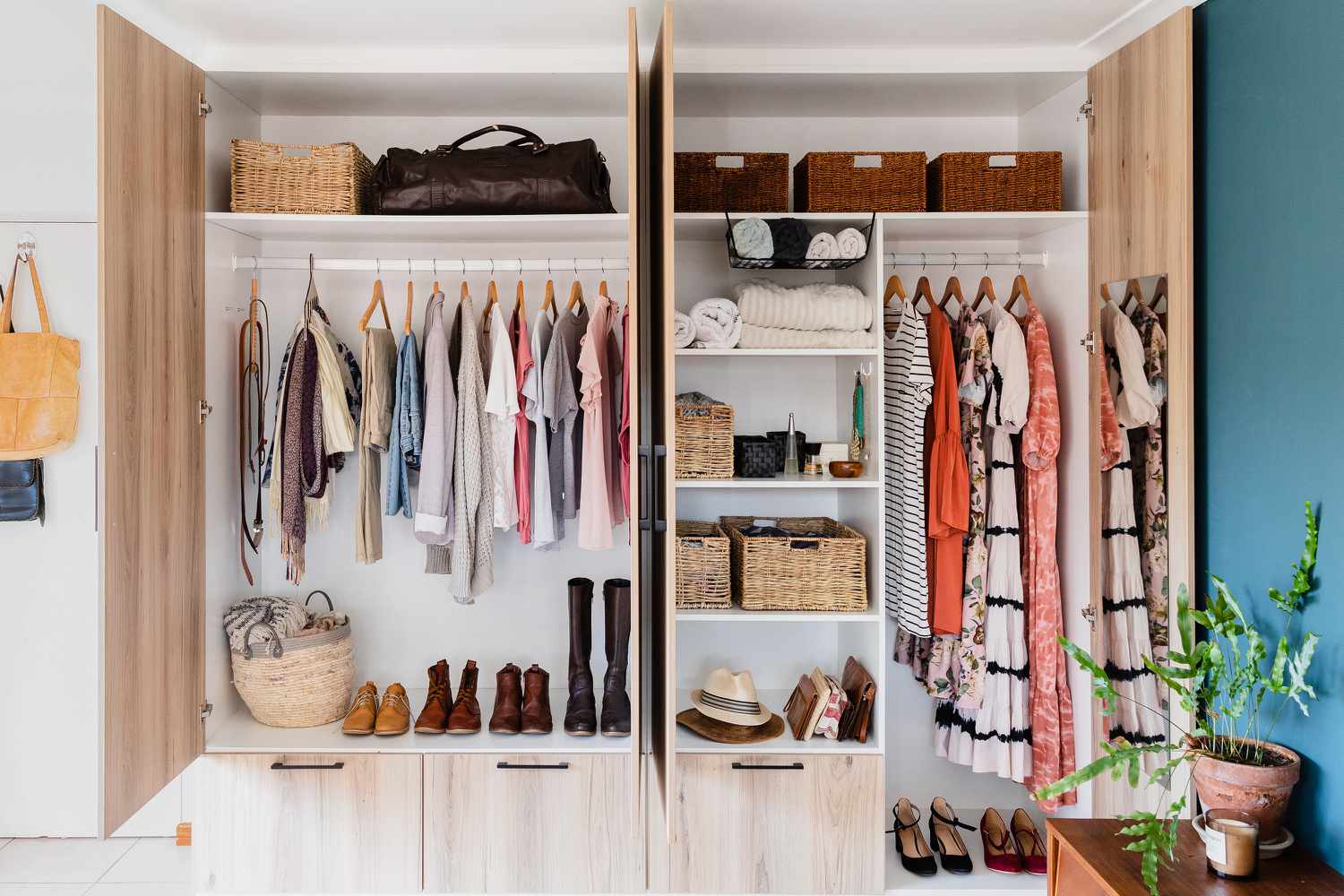

Interior Design
Organizing Clothes: 10 Ways To Refine Your Style
Modified: October 20, 2024
"Discover 10 effective methods to enhance your interior design skills and create a more stylish wardrobe. Elevate your fashion game with expert tips on organizing clothes."
(Many of the links in this article redirect to a specific reviewed product. Your purchase of these products through affiliate links helps to generate commission for Storables.com, at no extra cost. Learn more)
Introduction
Welcome to the world of interior design, where creativity and functionality come together to create beautiful and inspiring spaces. Whether you’re a homeowner looking to revamp your living room or a professional designer seeking to enhance your skills, this comprehensive guide is here to help. In this article, we will explore the fundamentals of interior design and provide valuable tips and techniques to elevate any space.
Interior design is more than just choosing colors and furniture; it’s about creating a harmonious balance between aesthetics and functionality. A well-designed space has the power to transform your mood, enhance productivity, and create a welcoming atmosphere. With a deep understanding of the principles and elements of design, you can bring about a sense of style and sophistication to any room.
Before diving into the world of interior design, it’s important to understand your personal style and preferences. Each person has their own unique taste, and this should be reflected in the choices you make for your space. Are you drawn to minimalist and modern designs, or do you prefer a more eclectic and bohemian style? Identifying your personal style will serve as a guiding compass throughout the design process.
Another crucial aspect of interior design is functionality. While aesthetics play a significant role in creating a visually appealing space, it’s essential to consider the practicality and usability of the design. Think about how you use the space and what activities take place there. Are you looking to create a cozy reading nook or a functional home office? By understanding the purpose of the room, you can tailor the design to meet your specific needs.
In this article, we will delve into various aspects of interior design, including the selection of colors and materials, furniture arrangement, lighting techniques, and the incorporation of decorative elements. Additionally, we will explore how different design styles, such as modern, traditional, and transitional, can be used to create different atmospheres and moods.
Whether you’re a complete beginner or already have some design knowledge, this guide will equip you with the tools and inspiration to transform any space into a masterpiece. Discover the power of color, texture, and lighting as we embark on a journey to create stunning interiors that reflect your individuality and style.
So, grab your notepad and let’s dive into the captivating world of interior design!
Key Takeaways:
- Refine your personal style by evaluating, decluttering, and building a capsule wardrobe. Maximize closet space, experiment with different styles, and personalize your wardrobe to showcase your unique individuality.
- Organize and maintain your wardrobe by choosing the right storage solutions, categorizing and organizing clothes, and incorporating accessories. Embrace experimentation and stay true to your personal style to make a fashion statement that reflects your authentic self.
Evaluating your current wardrobe
Your wardrobe is a reflection of your personal style, and it’s essential to evaluate it from time to time to ensure that it aligns with your current fashion preferences. By assessing your wardrobe, you can identify your personal style, recognize your go-to pieces, and remove items that no longer fit or suit your style.
The first step in evaluating your wardrobe is to assess your personal style. Take a moment to think about the types of clothing you gravitate towards and the overall aesthetic you prefer. Are you drawn to casual and relaxed outfits, or do you prefer more polished and tailored looks? Consider factors such as colors, patterns, and silhouettes that appeal to you the most. This will help you gain a clearer understanding of your personal style and guide your future clothing choices.
Once you have a better understanding of your personal style, identify your go-to pieces. These are the staple items in your wardrobe that make you feel confident and comfortable. It could be a classic white button-down shirt, a well-fitted pair of jeans, or a versatile blazer. These pieces form the foundation of your style and can be easily mixed and matched with other items.
While assessing your wardrobe, it’s also important to recognize items that no longer fit or suit your style. We all have clothes that we hold onto for sentimental reasons or in the hopes of fitting into them one day. However, if these items have been sitting unworn in your closet for months or even years, it may be time to let them go. Set aside a separate pile for items that are in good condition but no longer serve a purpose in your wardrobe. You can donate or sell these pieces to make space for new ones that better align with your current style.
As you go through your wardrobe, consider the condition of each item. Are there clothes that are damaged, stained, or worn out? These pieces should be discarded as they no longer contribute to a polished and put-together look. Keeping a well-maintained wardrobe will ensure that you always have stylish and presentable options to choose from.
By evaluating your current wardrobe, assessing your personal style, identifying your go-to pieces, and recognizing items that no longer fit or suit your style, you can streamline and refine your wardrobe. This process will help you create a closet filled with clothes that make you feel confident, express your personal style, and reflect who you are.
Decluttering and purging
A cluttered wardrobe can make it difficult to find what you need and result in a lack of outfit inspiration. To create a more organized and functional space, it’s important to declutter and purge your wardrobe. This involves sorting your clothes into keep, donate, and discard categories, as well as finding ways to let go of sentimental items and even organizing a clothing swap with friends.
The first step in decluttering your wardrobe is to sort your clothes into three categories: keep, donate, and discard. Start by going through each item and asking yourself whether you love it, wear it regularly, and if it still fits you well. If the answer is yes, those are the clothes you should keep. They are the ones that align with your style and make you feel good when you wear them.
For items that don’t fit well or no longer suit your style, but are still in good condition, consider donating them. Clothes that you no longer need or want can be a valuable contribution to someone else’s wardrobe. Look for local charities or organizations that accept clothing donations and ensure that the items you donate are clean and in good condition.
Letting go of sentimental items can be challenging, but it’s an important part of decluttering. If there are clothes in your wardrobe that hold sentimental value but are rarely worn or don’t fit your current style, consider finding alternative ways to preserve the memories. Take photos of the items, create a memory box, or repurpose them into something meaningful, such as a quilt or pillowcase. By doing so, you can let go of the physical items while still cherishing the memories associated with them.
Organizing a clothing swap with friends can be a fun and sustainable way to refresh your wardrobe. Invite your friends over and ask them to bring clothes that they no longer wear or love. Lay out the clothes and let everyone browse through and choose items that they like. Not only does this allow you to add new pieces to your wardrobe without spending money, but it also encourages sustainability by giving clothes a second life rather than contributing to the cycle of fast fashion.
By decluttering and purging your wardrobe, you can create a more organized and functional space. Sorting your clothes into keep, donate, and discard categories, letting go of sentimental items, and even organizing a clothing swap with friends are effective ways to streamline your wardrobe and make room for new pieces that better align with your style and preferences.
Building a capsule wardrobe
A capsule wardrobe is a curated collection of versatile and timeless pieces that can be mixed and matched to create a variety of outfits. It’s a minimalist approach to dressing that emphasizes quality over quantity and encourages mindful consumption. Building a capsule wardrobe involves understanding the concept, selecting versatile pieces, and mastering the art of mixing and matching.
The first step in building a capsule wardrobe is to understand the concept. A capsule wardrobe consists of a limited number of cohesive pieces that can be worn interchangeably and effortlessly combined to create different outfits. The goal is to have a collection of high-quality, essential items that reflect your personal style and can be worn throughout the year.
When selecting pieces for your capsule wardrobe, focus on versatility and timelessness. Look for clothes that can be easily dressed up or down and can transition seamlessly from day to night or from casual to formal occasions. Opt for classic silhouettes, neutral colors, and high-quality fabrics that will stand the test of time. Essential items may include a tailored blazer, a versatile pair of jeans, a little black dress, a white button-down shirt, and a comfortable pair of shoes.
Mixing and matching is the key to maximizing the potential of your capsule wardrobe. By combining different pieces in various ways, you can create numerous outfits without the need for a large quantity of clothing. Experiment with layering, accessorizing, and playing with different combinations to discover new looks and express your personal style.
To effectively mix and match, consider the concept of color coordination. Choose a color palette that complements your skin tone and allows for easy pairing of different pieces. Neutral colors such as black, white, gray, navy, and beige work well as a base, while adding a few accent colors can add interest and variety to your outfits.
Accessories play a crucial role in a capsule wardrobe, as they can elevate and enhance any outfit. Invest in a few statement accessories, such as scarves, belts, and jewelry, that can be used to add a dash of personality and style to your looks. These accessories can transform a simple outfit into something stylish and unique.
Building a capsule wardrobe not only simplifies the process of getting dressed every day but also promotes sustainability and helps you make conscious choices about your clothing consumption. By investing in quality pieces, selecting versatile items, and mastering the art of mixing and matching, you can create a capsule wardrobe that reflects your personal style and ensures that you always have something stylish and versatile to wear.
Choosing the right storage solutions
Effective clothing storage is the key to keeping your wardrobe organized and easily accessible. When it comes to storing your clothes, it’s important to choose the right storage solutions that cater to your needs. This involves evaluating different types of clothing storage options, organizing clothes in closets and wardrobes, and utilizing space-saving solutions for small spaces.
Before diving into organizing your clothes, take the time to evaluate the different types of clothing storage options available. This includes considering factors such as your available space, the size of your wardrobe, and the types of clothing you have. Some common storage options include hanging racks, shelves, drawers, and storage boxes. Assessing your needs and preferences will help you determine which storage solutions will work best for you.
When organizing your clothes in closets and wardrobes, it’s essential to have a systematic approach. Start by categorizing your clothes by type, such as shirts, pants, dresses, and outerwear. This will make it easier for you to locate specific items. Within each category, you can further organize your clothes by color or season, depending on your preferences. Consider using matching hangers to create a cohesive and visually appealing look.
To optimize space in your closet, utilize space-saving solutions. For example, vertical space can be maximized by installing hanging racks or utilizing over-the-door shoe organizers. Shelving units and bins can help you make use of the space above and below hanging clothes. Additionally, consider utilizing under-bed storage or garment bags for storing seasonal items that are not frequently used but need to be accessible.
If you have a small space, it’s important to be strategic in your organization. Consider investing in multi-functional furniture pieces, such as a storage ottoman or a bed frame with built-in drawers. Use the walls to your advantage by installing hooks or hanging rods for additional storage. Look for creative storage solutions that make use of overlooked spaces, such as the back of doors or the inside of cabinets.
Regular maintenance is also key to keeping your clothing storage organized. Set aside time periodically to declutter your wardrobe, removing items that no longer fit or that you no longer wear. This will help you maintain a streamlined and organized space.
By choosing the right storage solutions, organizing your clothes effectively, and utilizing space-saving techniques, you can create an organized and functional wardrobe. A well-organized closet not only makes it easier to find and access your clothes but also ensures that they are properly stored and maintained, extending their lifespan and keeping them in excellent condition.
Categorizing and organizing clothes
When it comes to organizing your clothes, categorization is key. By sorting your clothes by type, color, or occasion, and using appropriate storage tools such as hangers, baskets, and dividers, you can create an organized and easily accessible wardrobe. Adding a labeling system to drawers and shelves further enhances efficiency and simplifies the process of finding specific items.
One effective way to categorize your clothes is by type. Sort your clothes into categories such as tops, bottoms, dresses, outerwear, and accessories. This not only helps you locate specific items more quickly but also ensures that similar items are stored together, making it easier to mix and match outfits.
Another option is to sort clothes by color. Arrange your clothes from light to dark or group them by color families. This creates a visually pleasing and organized display, making it easier to find items that coordinate well together. It also allows you to easily identify if you have an abundance of a particular color and make more intentional choices when shopping for new clothes.
Organizing clothes by occasion is another useful approach. Separate your clothes into categories such as casual wear, workwear, and formal wear. This can help streamline your morning routine, allowing you to grab appropriate clothes for the day’s activities without wasting time sifting through your entire wardrobe.
Once you have sorted your clothes into categories, it’s important to choose the right storage tools for easy access. Consider using hangers for hanging items such as shirts, dresses, and pants. You can use different types of hangers, such as slim velvet hangers for delicate garments or space-saving cascading hangers for maximizing closet space.
Baskets and dividers are useful for organizing smaller items like socks, underwear, and accessories. Use them to create designated spaces within drawers or shelving units, keeping similar items together and preventing them from getting jumbled or lost.
To further enhance organization, create a labeling system for drawers and shelves. Use labels or tags to indicate the contents of each drawer or shelf, making it easy to find specific items at a glance. This system is particularly helpful if you have multiple people sharing the same wardrobe or if you store clothes in different areas of your home.
By categorizing and organizing your clothes, using appropriate storage tools, and implementing a labeling system, you can create an efficient and well-organized wardrobe. This not only saves you time and frustration when getting dressed but also helps you take better care of your clothes by ensuring they are properly stored and easily accessible.
Invest in versatile, high-quality basics that can be mixed and matched to create a variety of stylish looks. This will help you refine your style and create a cohesive wardrobe.
Maximizing closet space
Having limited closet space can be a challenge, but with some strategic planning, you can make the most of the available space. By utilizing vertical space, adding custom shelves or organizers, and utilizing under-bed storage or garment bags for seasonal items, you can maximize every inch of your closet and create a more organized and efficient storage solution.
One effective way to maximize closet space is by utilizing vertical space. Install hooks on the inside of your closet doors or walls to hang items such as bags, scarves, or belts. This allows you to take advantage of otherwise unused space and keeps these items easily accessible. Additionally, consider installing additional shelving above or below your hanging clothes to store folded items or to display shoes or accessories.
To further optimize storage, consider adding custom shelves or organizers to your closet. Custom shelves can be tailored to fit the specific dimensions of your closet, allowing you to efficiently utilize every available inch. Incorporate different types of shelves, dividers, or cubbies to suit your storage needs. This will provide designated spaces for folded clothes, handbags, shoes, and other accessories, keeping your closet tidy and maximizing storage capacity.
Another space-saving solution is to make use of under-bed storage or garment bags for seasonal items. Under-bed storage boxes or containers can be used to store out-of-season clothes, blankets, or shoes that are not currently in use. They slide neatly under your bed, keeping them out of sight and freeing up valuable space in your closet. For delicate or special occasion garments, consider using garment bags to protect them and keep them organized.
When organizing your closet, it’s essential to assess your belongings and determine which items are used more frequently and need to be easily accessible. Place these items at eye level or within reaching distance. Less frequently used items, such as formal wear or special occasion pieces, can be stored on higher shelves or in less accessible areas. This way, you prioritize items based on their frequency of use and make the most of your storage space.
Lastly, make use of any unused or empty spaces in your closet. For example, utilize the space at the bottom of your closet by placing a shoe rack or a stackable storage system. Hang hooks or baskets on the sides of shelves to add additional storage options for small items like jewelry or scarves.
By applying these strategies, you can maximize closet space and create a more efficient and organized storage solution. Use vertical space, add custom shelves or organizers, and utilize under-bed storage or garment bags to make the most of the available space and create a well-organized and functional closet.
Incorporating accessories
Accessories are the finishing touch to any outfit and can elevate your personal style. To make the most of your accessories and keep them organized, it’s important to have a dedicated system in place. This involves organizing belts, scarves, and jewelry, displaying accessories for easy selection, and utilizing hanging organizers or drawer dividers for smaller items.
Start by organizing your belts, scarves, and jewelry. For belts, consider using a belt rack or hooks on the back of your closet door to hang them. This not only keeps them easily accessible but also prevents them from getting tangled or creased. Felt-lined trays or dividers in a drawer can be used to neatly store scarves, keeping them visible and preventing them from wrinkling.
Jewelry can be a challenge to keep organized, but there are various solutions available. Jewelry boxes or organizers with compartments and hooks can keep your jewelry collection tangle-free and easily accessible. Alternatively, hanging organizers with clear pockets or drawer dividers can be used to separate and display your jewelry.
To keep your accessories easily accessible, consider displaying them for easy selection. Hang hooks or pegboards on the wall to showcase statement necklaces or display your favorite scarves. Use pretty dishes or trays to store frequently worn rings, bracelets, and earrings on top of your dresser or vanity. Not only does this add a decorative element to your space, but it also saves you time in the morning when getting ready.
For smaller accessories such as earrings, rings, and hair accessories, utilize hanging organizers or drawer dividers. Hanging organizers with clear pockets allow you to easily see and retrieve small items. Drawer dividers can be used to separate and categorize different types of accessories, keeping them organized and easy to find when you need them.
Remember to regularly declutter and edit your accessories collection. Over time, you may accumulate items that no longer fit your style or that you no longer wear. Donate or sell these items to make room for new ones and keep your accessory collection fresh and in line with your personal style.
By incorporating accessories into your organizing system, you can keep them neat, easily accessible, and visually appealing. Organize belts, scarves, and jewelry using dedicated storage solutions. Display your favorite accessories for easy selection and utilize hanging organizers or drawer dividers for smaller items. With these strategies, you can showcase your personal style and make the most of your accessory collection.
Maintaining clothes and keeping them tidy
To prolong the life of your clothes and keep them looking their best, it’s important to establish a regular maintenance routine. This includes tips for washing and caring for different fabrics, organizing a regular decluttering routine, and properly storing and folding clothes to prevent wrinkles.
When it comes to washing and caring for your clothes, it’s crucial to understand the specific care instructions for your garments. Different fabrics require different cleaning methods. Familiarize yourself with the care labels on your clothes and follow the guidelines accordingly. Some fabrics may require hand-washing, while others can be machine-washed on a gentle cycle. Use appropriate detergents and avoid using bleach or harsh chemicals that can damage the fabric.
For delicate or sensitive fabrics, consider using a mesh laundry bag to protect them during the washing process. Additionally, separate your clothing items by color to prevent color bleeding. Hang or lay flat to dry whenever possible, as this helps maintain the shape and structure of your garments.
In addition to washing, establishing a regular decluttering routine is essential to keeping your clothes tidy and organized. Set aside time regularly to go through your wardrobe and assess the items you no longer wear or need. Donate or sell these items to create more space and ensure that your wardrobe is filled with clothes that you actually wear and love.
Properly storing and folding clothes can also help prevent wrinkles and maintain their quality. Invest in quality hangers that are appropriate for the specific item. For example, use padded or velvet hangers for delicate fabrics like silk or satin, and sturdy wooden hangers for heavier garments like coats or blazers. Fold knitted items rather than hanging them to prevent stretching.
To prevent wrinkles, fold clothes carefully and store them in drawers or on shelves in an organized manner. Use organizers, dividers, or shelf separators to keep items separated and prevent them from toppling over or becoming disheveled. You can also use drawer sachets or moisture-absorbing packets to protect clothes from damage caused by moisture.
For long-term storage or seasonal items, consider using garment bags or vacuum-sealed storage bags. These help protect your clothes from dust, insects, and moisture. Make sure the clothes are clean and dry before storing them, and add cedar balls or lavender sachets to help deter pests.
By following these tips for washing and caring for different fabrics, organizing a regular decluttering routine, and properly storing and folding clothes, you can maintain your clothes and keep them looking tidy and polished. A little bit of care and attention goes a long way in preserving the quality and longevity of your clothing collection.
Experimenting with different styles
One of the joys of fashion is the opportunity to express yourself through different styles and experiment with new trends. By trying new trends and fashion risks, mixing and matching different pieces, and seeking inspiration from fashion blogs or magazines, you can continually evolve and refine your personal style.
Trying new trends and fashion risks allows you to step out of your comfort zone and discover what works for you. Don’t be afraid to experiment with bold prints, vibrant colors, or unique silhouettes. Mix trendy pieces with classic staples to create a balance and make the trend your own. Remember, fashion is about self-expression and having fun, so embrace the opportunity to express yourself through your style.
Mixing and matching different pieces is a creative way to elevate your outfits. Experiment with combining unexpected items to create unique and eclectic looks. Pair a feminine blouse with distressed jeans, or mix textures like velvet with denim. By exploring different combinations, you can create outfits that are uniquely yours and showcase your personal style.
Seeking inspiration from fashion blogs or magazines is a great way to stay informed about current trends and discover new styles. Follow fashion influencers or bloggers who align with your taste and aesthetic. Explore fashion magazines or online platforms for the latest runway trends and street style inspiration. Use these sources as a starting point to adapt and incorporate new ideas into your own wardrobe.
Don’t be afraid to take risks and step outside of your usual style. Experimenting with different styles allows you to evolve and grow as a fashion enthusiast. Your personal style is not set in stone, and exploring new trends and combinations will help you discover what truly resonates with you and allows you to express your authentic self.
Remember that fashion is subjective, and what matters most is how you feel in your clothes. Wear what makes you feel confident and comfortable. Use trends and fashion inspiration as a guide, but always prioritize your personal style and individuality in the choices you make.
By embracing experimentation, trying new trends and fashion risks, mixing and matching different pieces, and seeking inspiration from fashion blogs or magazines, you can continually refine and evolve your personal style. Fashion is a journey, so enjoy the process of discovering and expressing yourself through your unique sense of style.
Personalizing your style
Personalizing your style is the ultimate way to make a fashion statement and express your individuality. By adding personal touches through accessories or statement pieces, understanding your body type and dressing accordingly, and embracing and celebrating your unique style, you can create a wardrobe that truly reflects who you are.
Accessories and statement pieces are excellent ways to add a personal touch to your outfits. Choose accessories that resonate with your personality, such as bold earrings, statement necklaces, or unique handbags. Don’t be afraid to mix and match different accessories or experiment with layering to create a look that is unique to you. By incorporating personal touches, you can elevate any outfit and make it your own.
Understanding your body type is crucial when it comes to personalizing your style. Everyone has different assets and areas of their body that they want to highlight or downplay. Take the time to understand your body shape, whether it’s pear, hourglass, apple, or something else, and dress in a way that flatters your figure. Choose clothes that accentuate your best features and make you feel confident and comfortable. By dressing in a way that suits your body type, you can feel and look your best.
Embrace and celebrate your unique style. Your personal style is a form of self-expression, so don’t be afraid to let it shine. Emphasize the aspects of your style that make you feel the most like yourself, whether it’s a love for vintage-inspired fashion, a preference for bold prints and colors, or a penchant for minimalism. Embrace your quirks and idiosyncrasies when it comes to fashion and let your unique style be a reflection of your personality.
Remember that personal style is subjective, and there are no rules when it comes to fashion. Don’t be swayed by trends or societal pressures, but instead, stay true to yourself and your own sense of style. Fashion is a form of self-expression, and your unique style is a way to showcase your individuality.
As you personalize your style, be open to trying new things and stepping out of your comfort zone. Fashion is ever-evolving, and personal style is a journey of self-discovery. Embrace the opportunity to experiment with different looks, mix different styles, and play with fashion to find what resonates with you.
Ultimately, personalizing your style is all about confidence and embracing who you are. Dress for yourself and no one else. Find joy in expressing yourself through fashion, and celebrate the unique individuality that sets you apart.
By adding personal touches through accessories or statement pieces, understanding your body type and dressing accordingly, and embracing and celebrating your unique style, you can create a wardrobe that is a true reflection of your personality and individuality. Personalizing your style allows you to stand out from the crowd and make a fashion statement that is distinctly yours.
Conclusion
Congratulations! You’ve reached the end of this comprehensive guide on interior design. Throughout this article, we’ve explored various aspects of interior design, from evaluating your current wardrobe to personalizing your style. By incorporating these tips and techniques, you can transform your living spaces and create a wardrobe that reflects your unique sense of style.
Interior design is more than just a visual endeavor; it’s about creating spaces that evoke emotions, inspire creativity, and provide comfort. Whether you’re revamping a single room or tackling a full home makeover, understanding the principles and elements of design is essential. By carefully evaluating your personal style, purging clutter, and selecting versatile and timeless pieces, you can create a functional and aesthetically pleasing space.
Choosing the right storage solutions and maximizing closet space are key components of maintaining an organized and tidy wardrobe. Utilizing vertical space, adding custom shelves or organizers, and incorporating under-bed storage can make a significant difference in your ability to keep things well-organized and easily accessible.
Accessories play a pivotal role in showcasing your personal style and can truly elevate any outfit. By organizing belts, scarves, and jewelry, as well as experimenting with different styles and staying inspired through fashion blogs or magazines, you can create a unique and personalized wardrobe that exudes confidence and individuality.
Maintaining your clothes and keeping them tidy is crucial for their longevity. By following proper care instructions, establishing a regular decluttering routine, and storing and folding clothes correctly, you can ensure that your wardrobe remains in excellent condition and ready for any occasion.
Finally, personalizing your style is the ultimate way to make a fashion statement. Adding personal touches through accessories or statement pieces, understanding your body type and dressing accordingly, and embracing your unique style are essential in expressing your individuality and celebrating your authenticity.
Now armed with the knowledge and strategies outlined in this guide, it’s time to go forth and apply them to your own interior design projects and wardrobe management. Remember to be creative, confident, and open to trying new things. Allow your personal style to evolve and grow as you explore different trends and discover what truly resonates with you.
So, whether you’re designing a cozy living room, revamping your wardrobe, or tackling any other interior design project, remember to embrace your unique style, experiment, and enjoy the journey of self-expression through design. Happy styling!
Frequently Asked Questions about Organizing Clothes: 10 Ways To Refine Your Style
Was this page helpful?
At Storables.com, we guarantee accurate and reliable information. Our content, validated by Expert Board Contributors, is crafted following stringent Editorial Policies. We're committed to providing you with well-researched, expert-backed insights for all your informational needs.
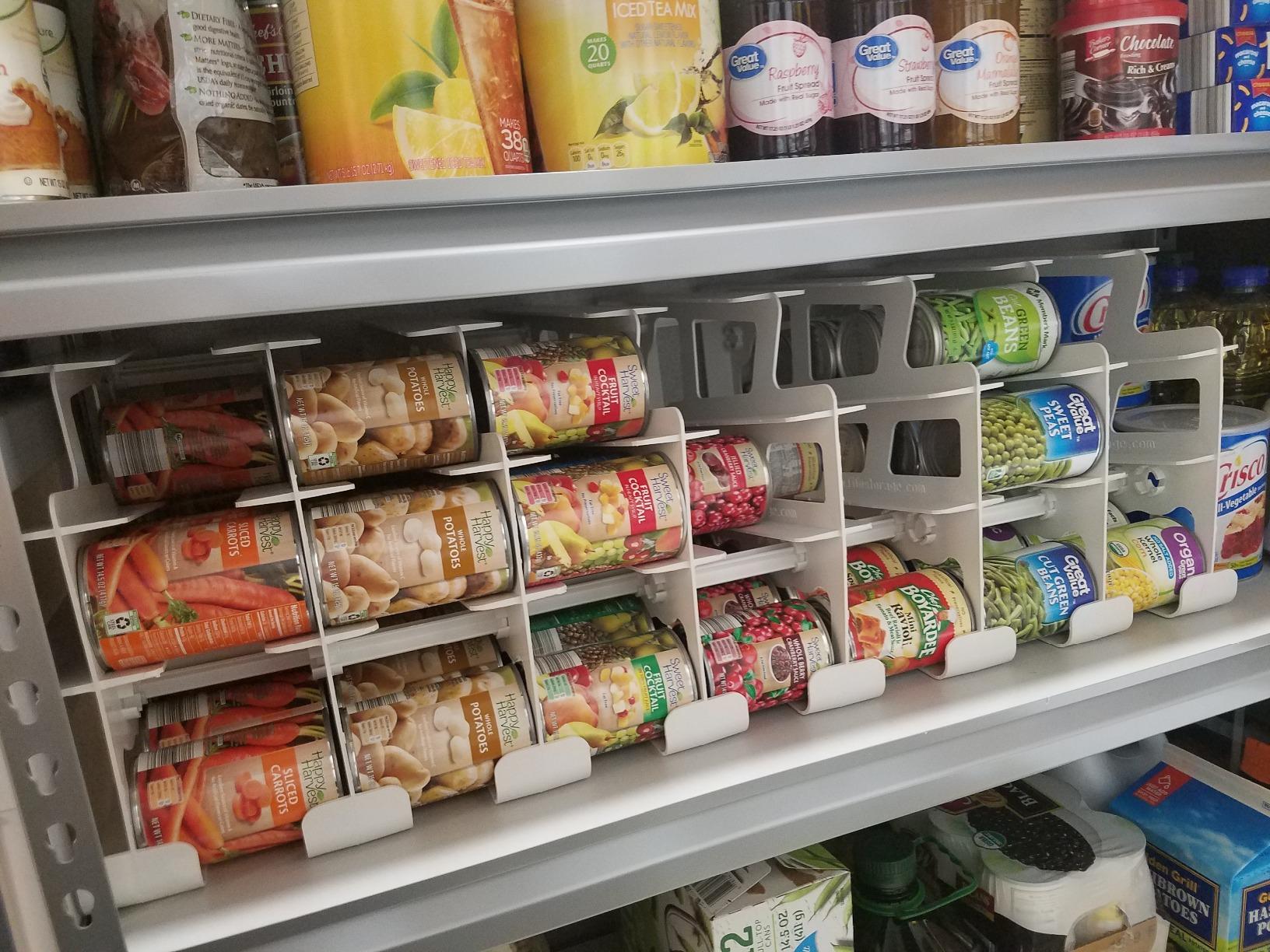
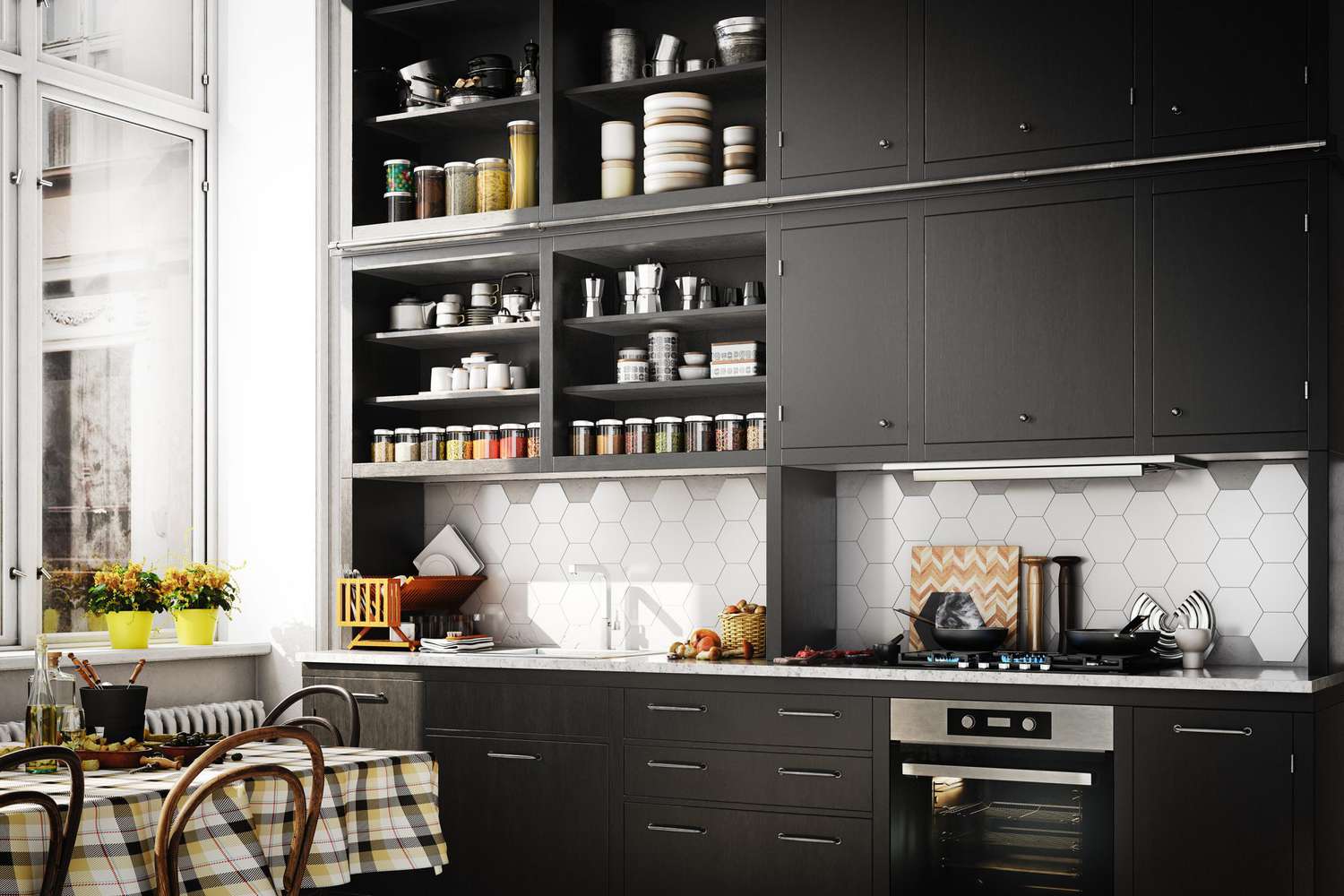
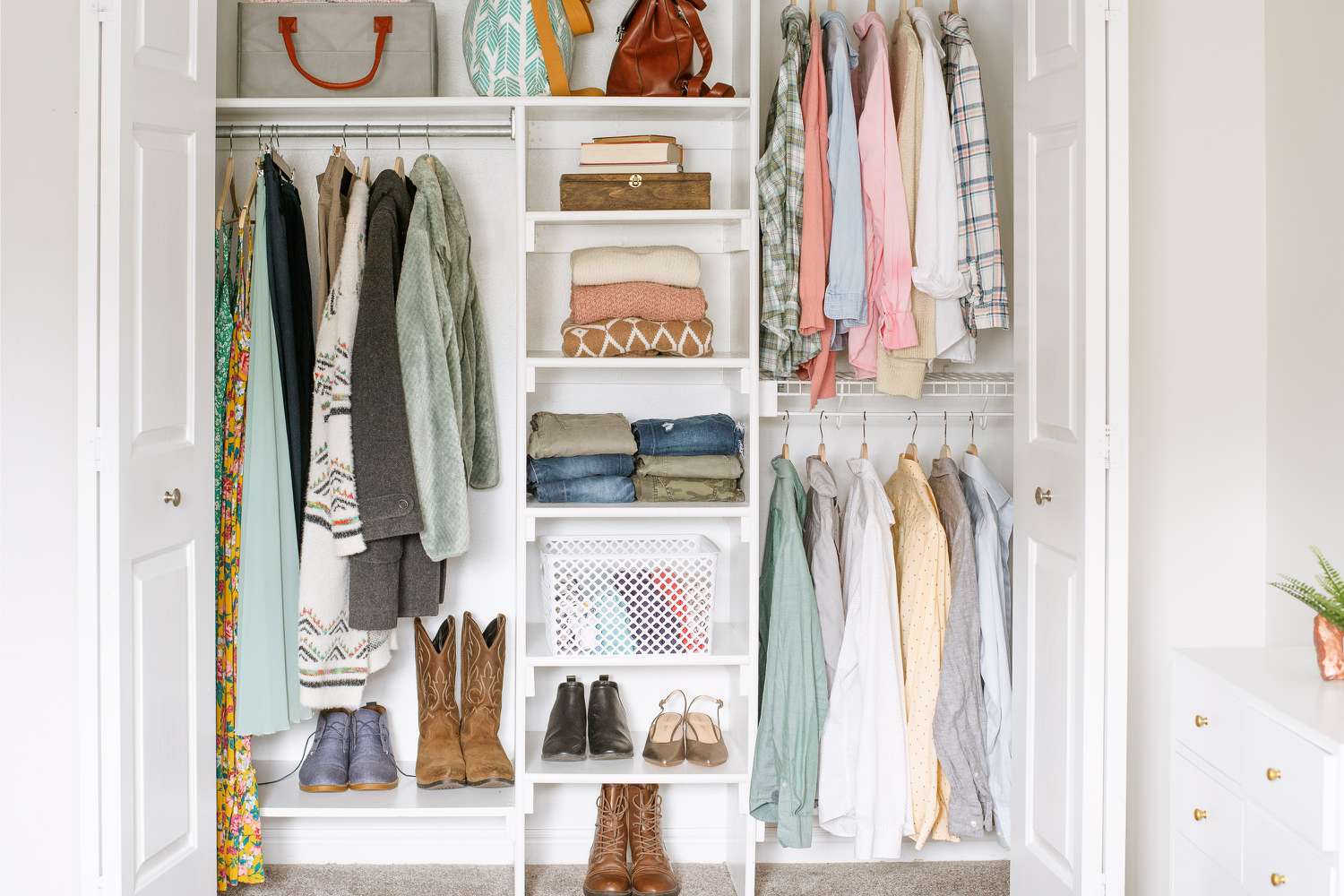
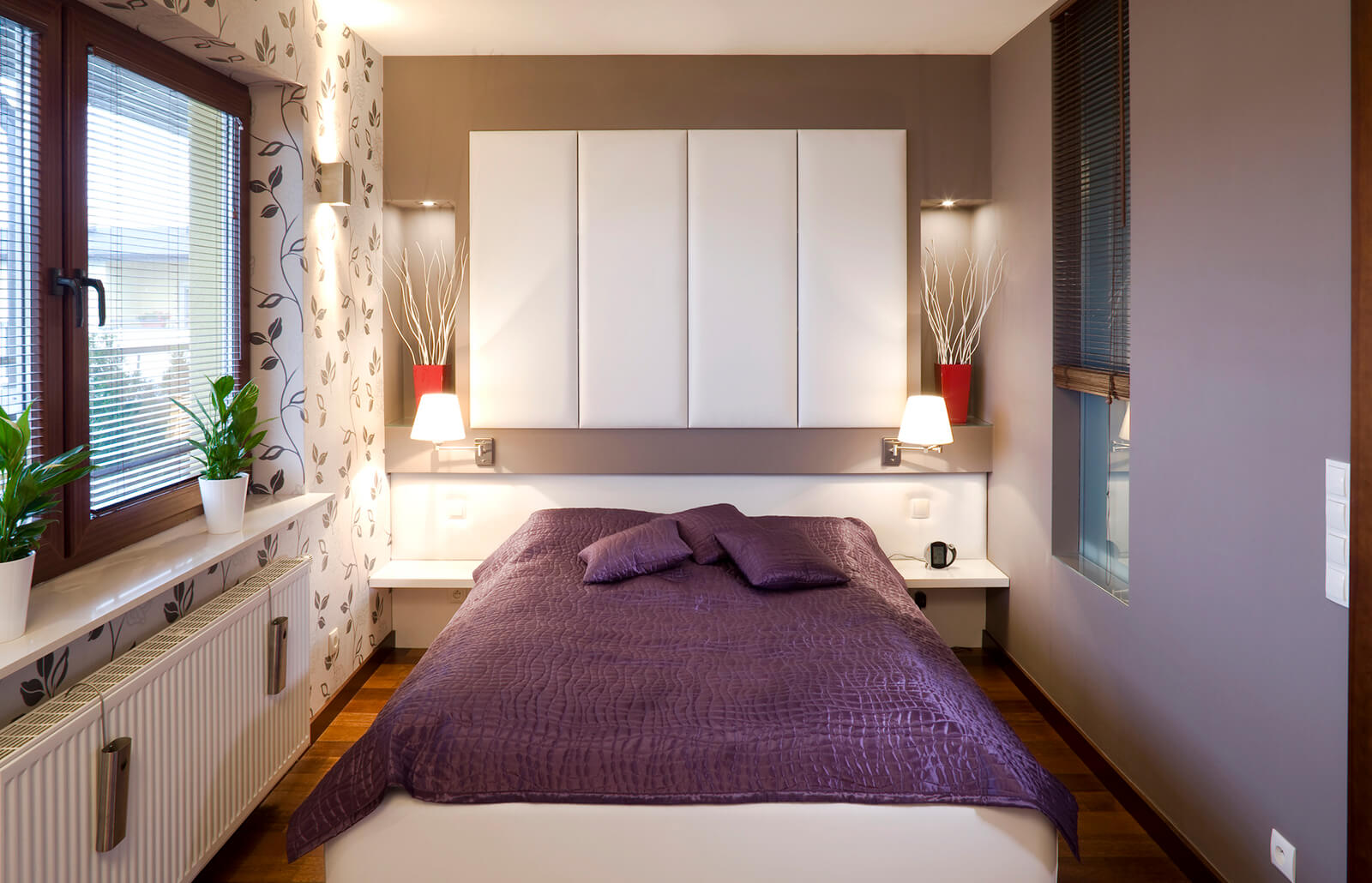
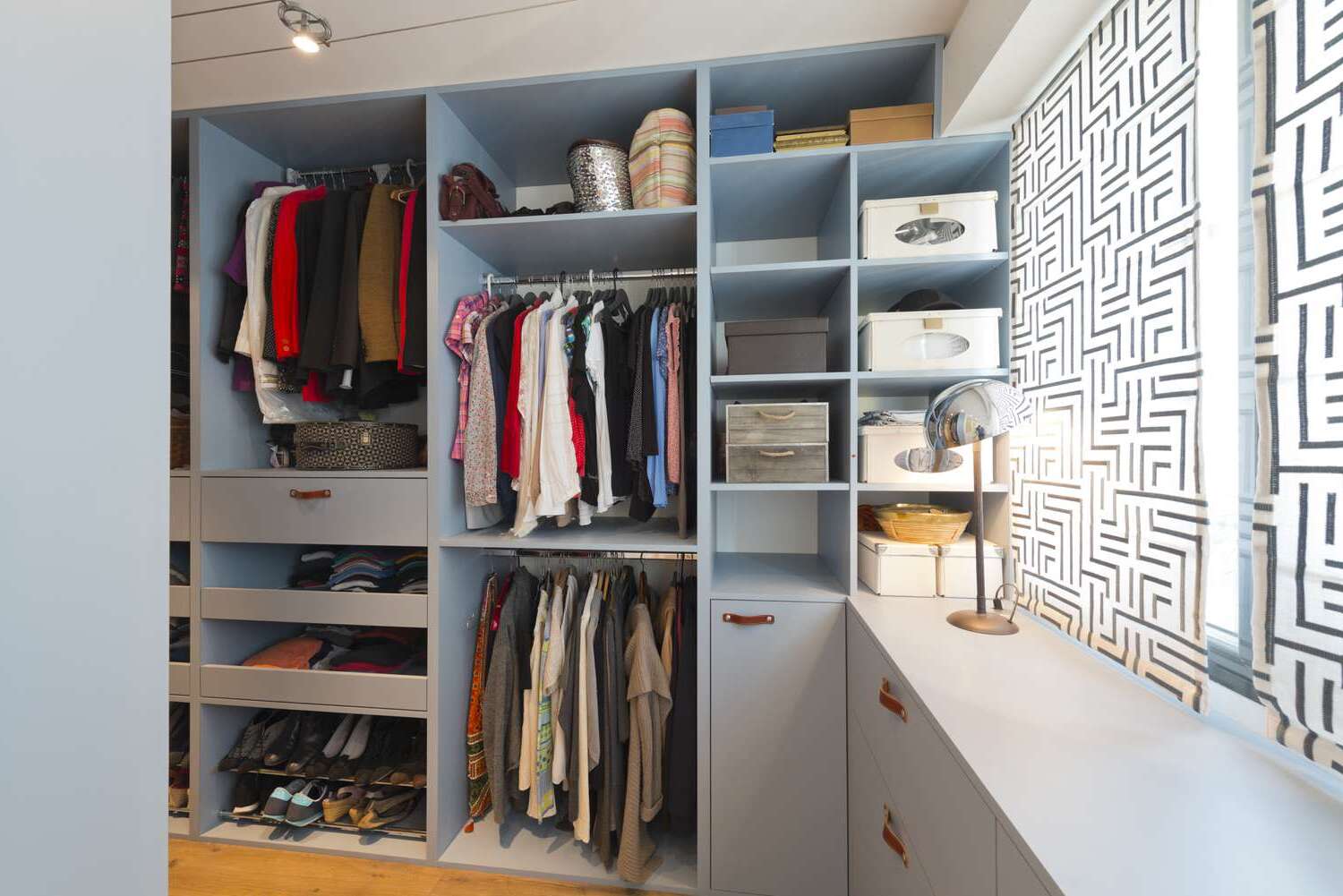

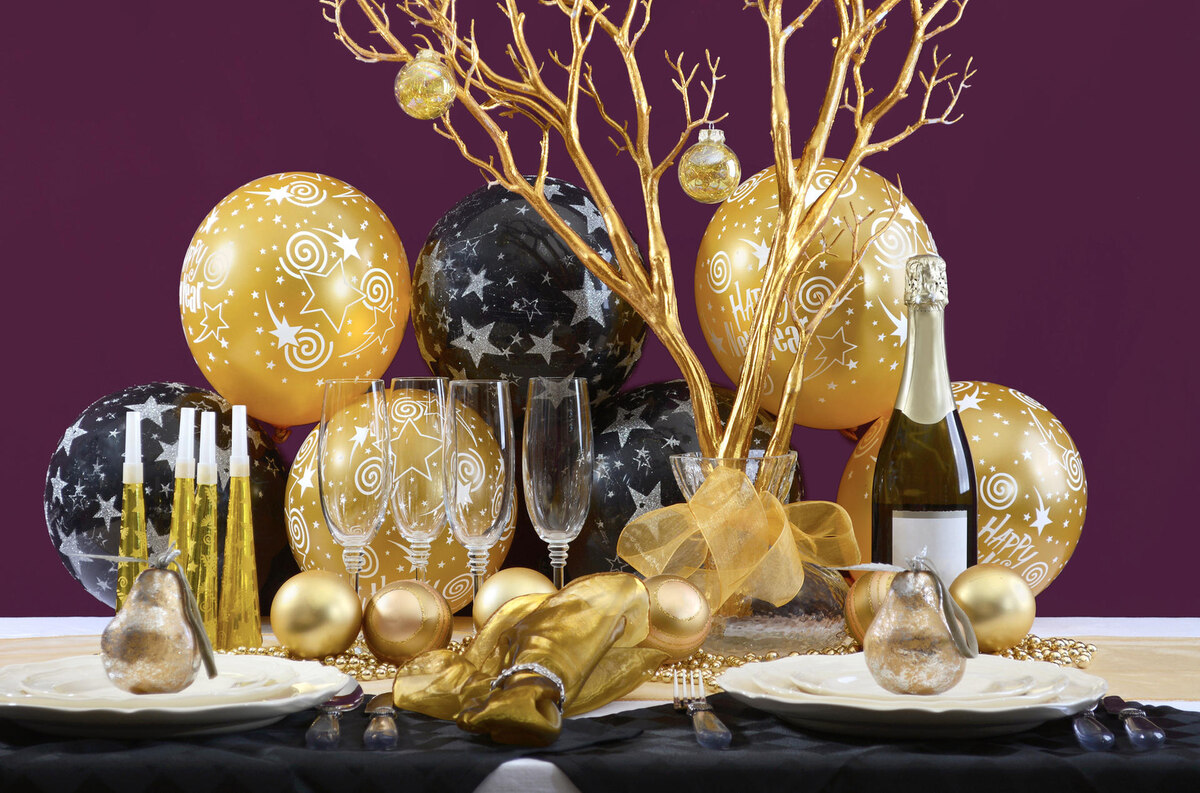
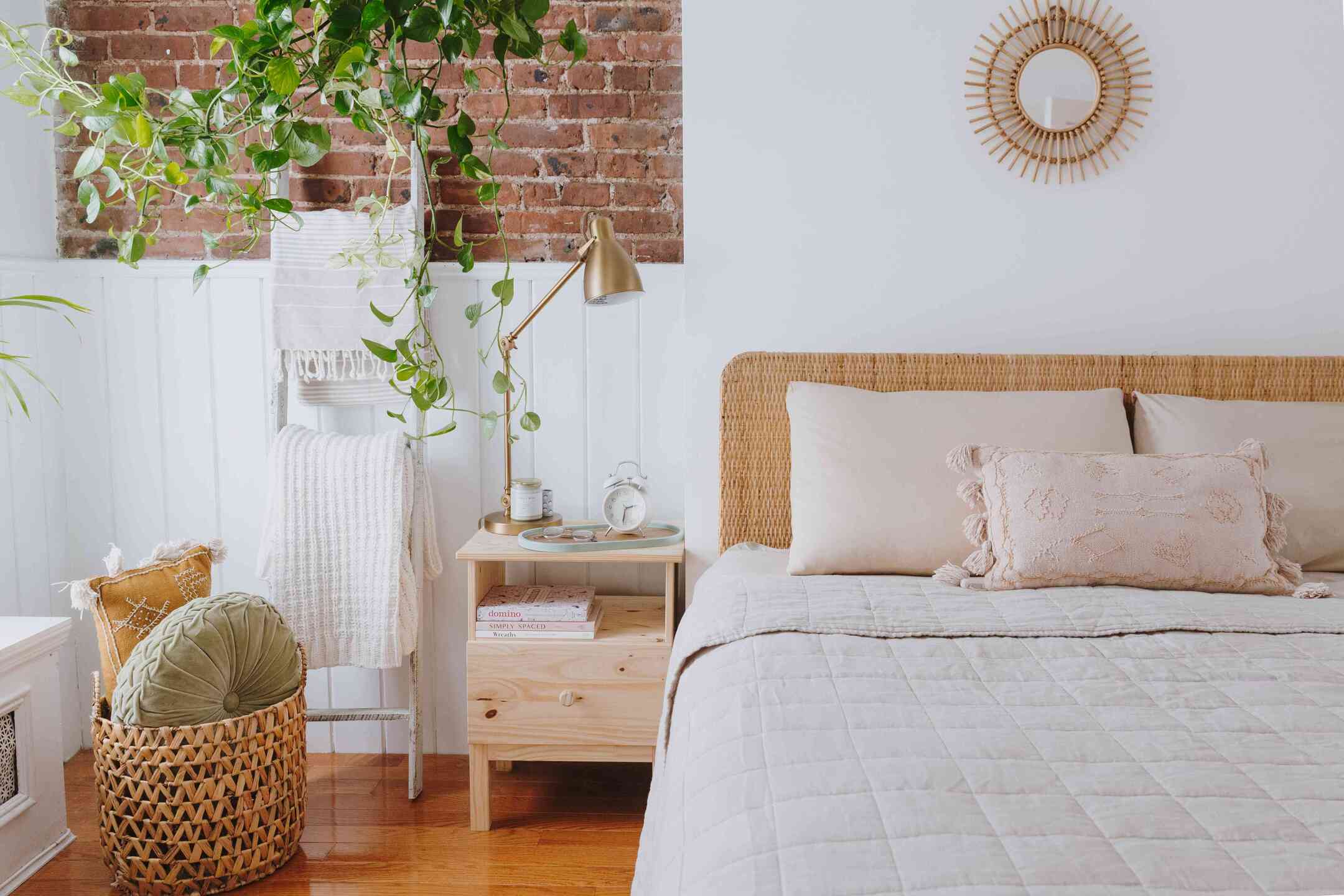
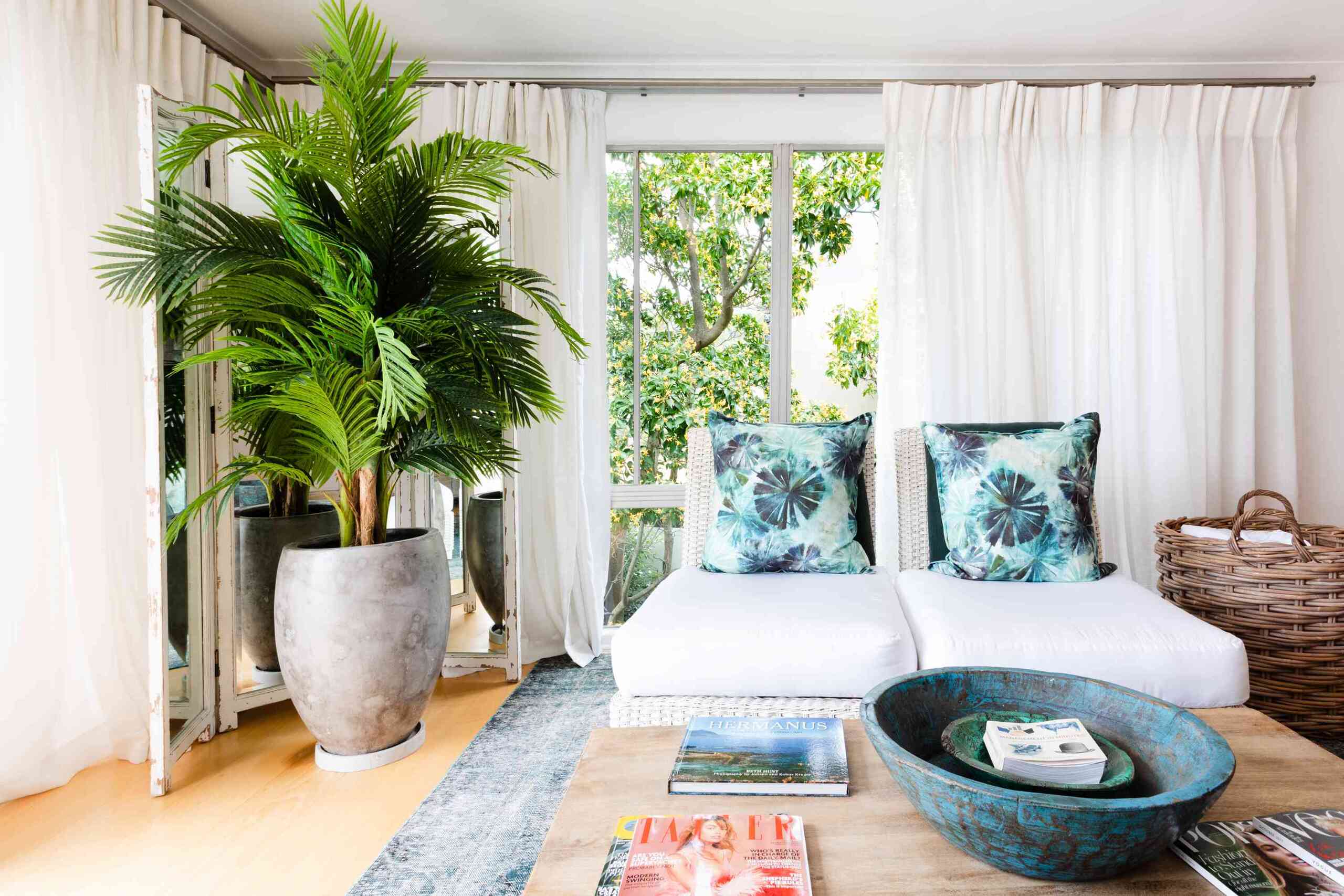

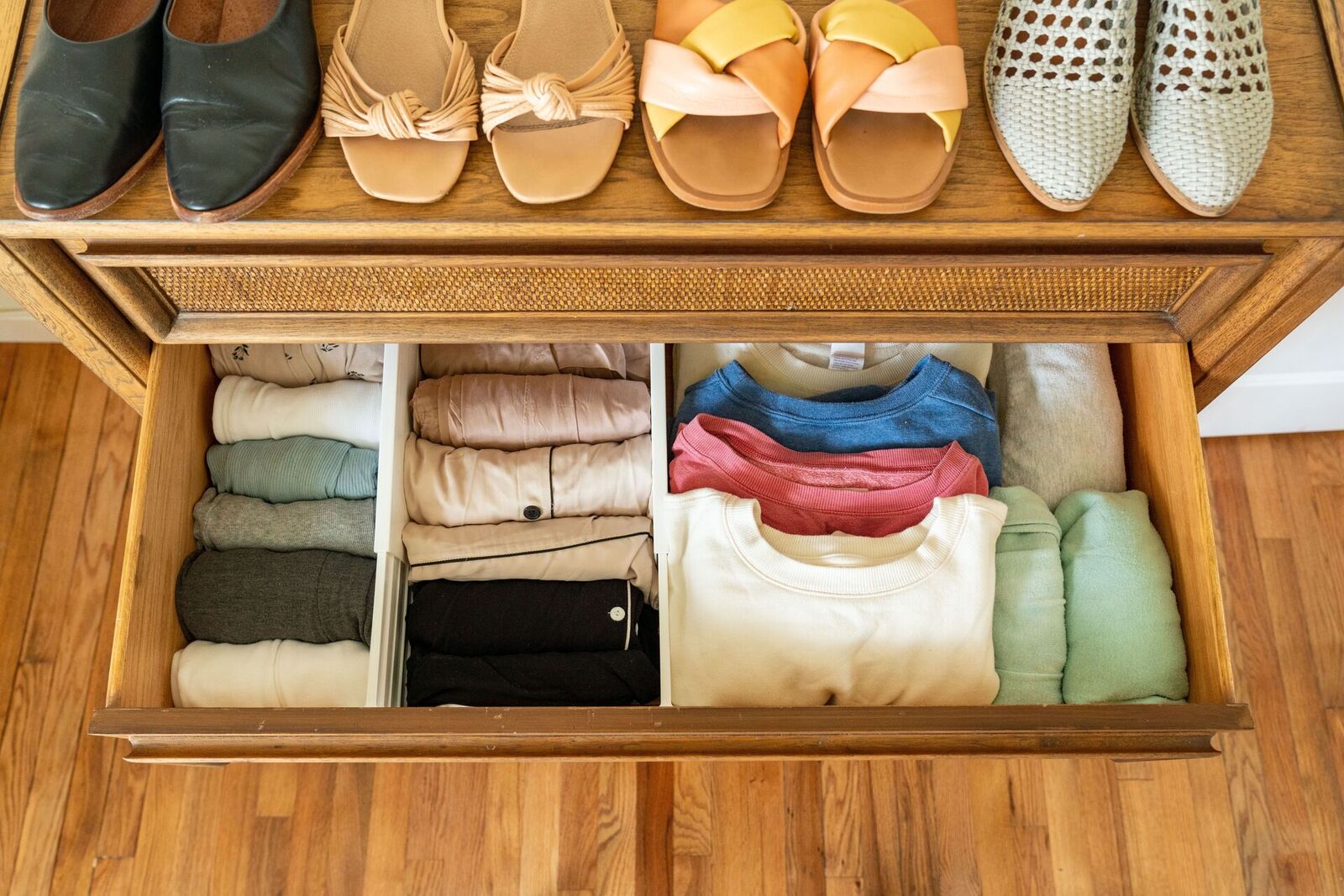
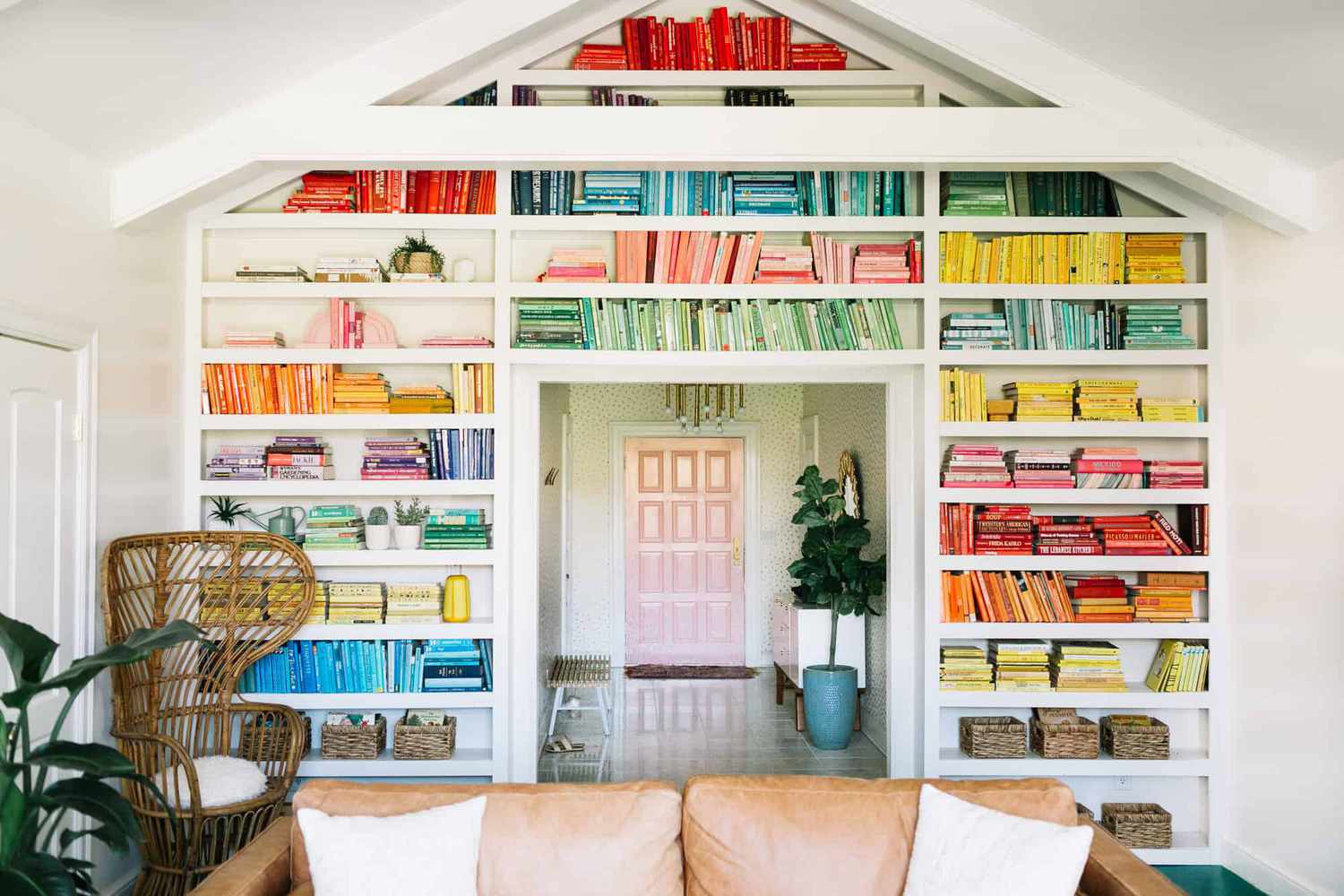
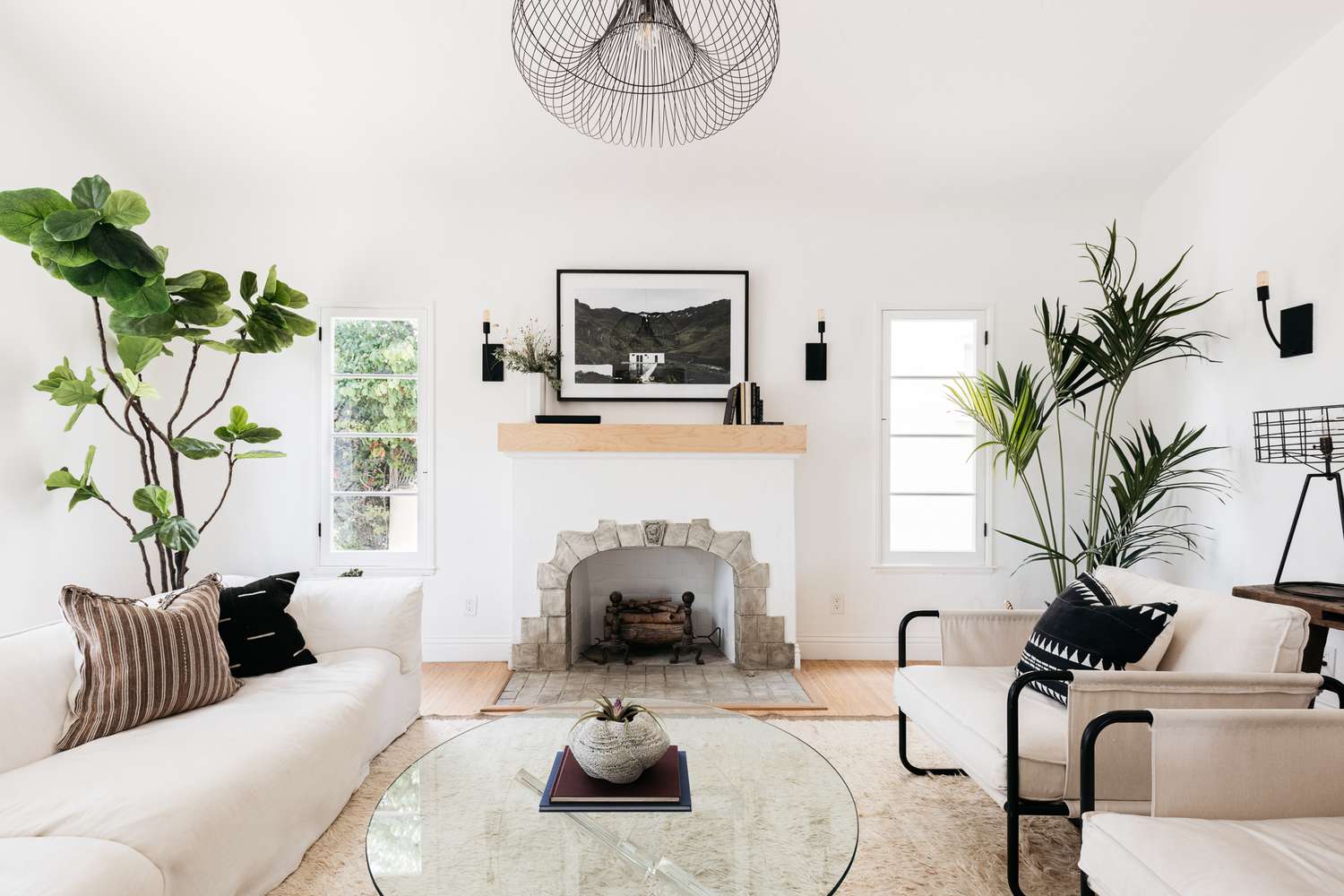

0 thoughts on “Organizing Clothes: 10 Ways To Refine Your Style”